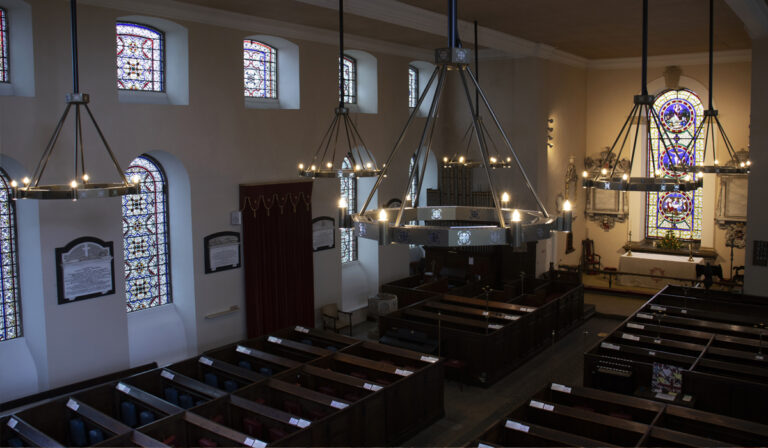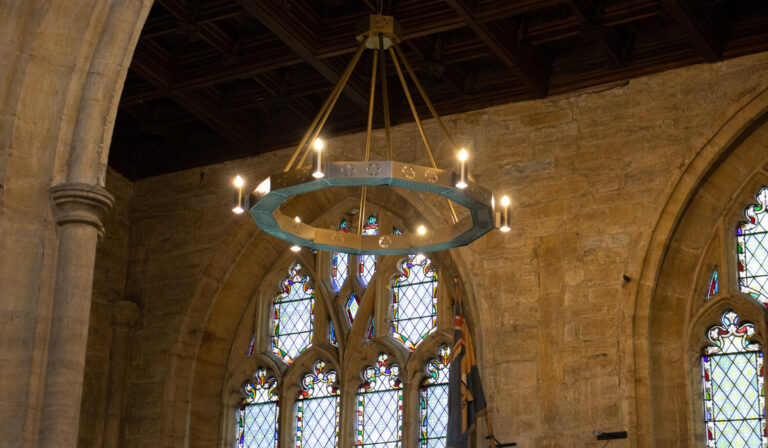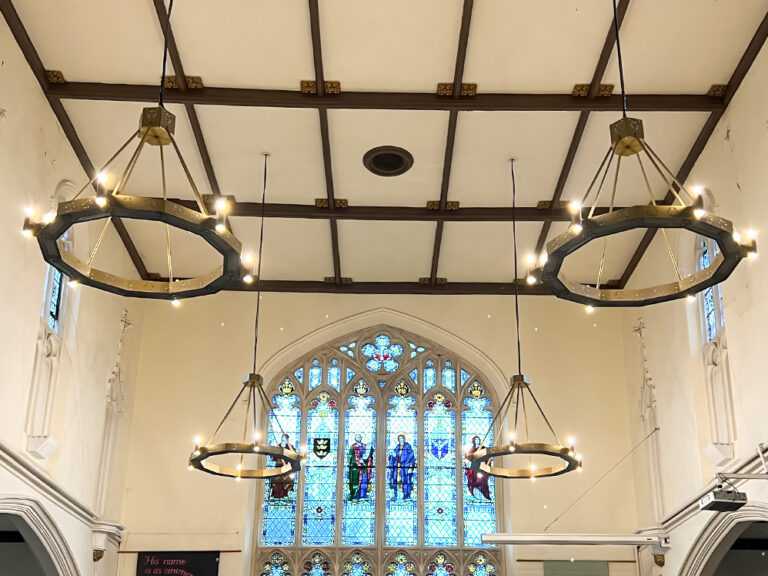Why Infrared Makes the Ideal Heating Solution for Heritage Buildings
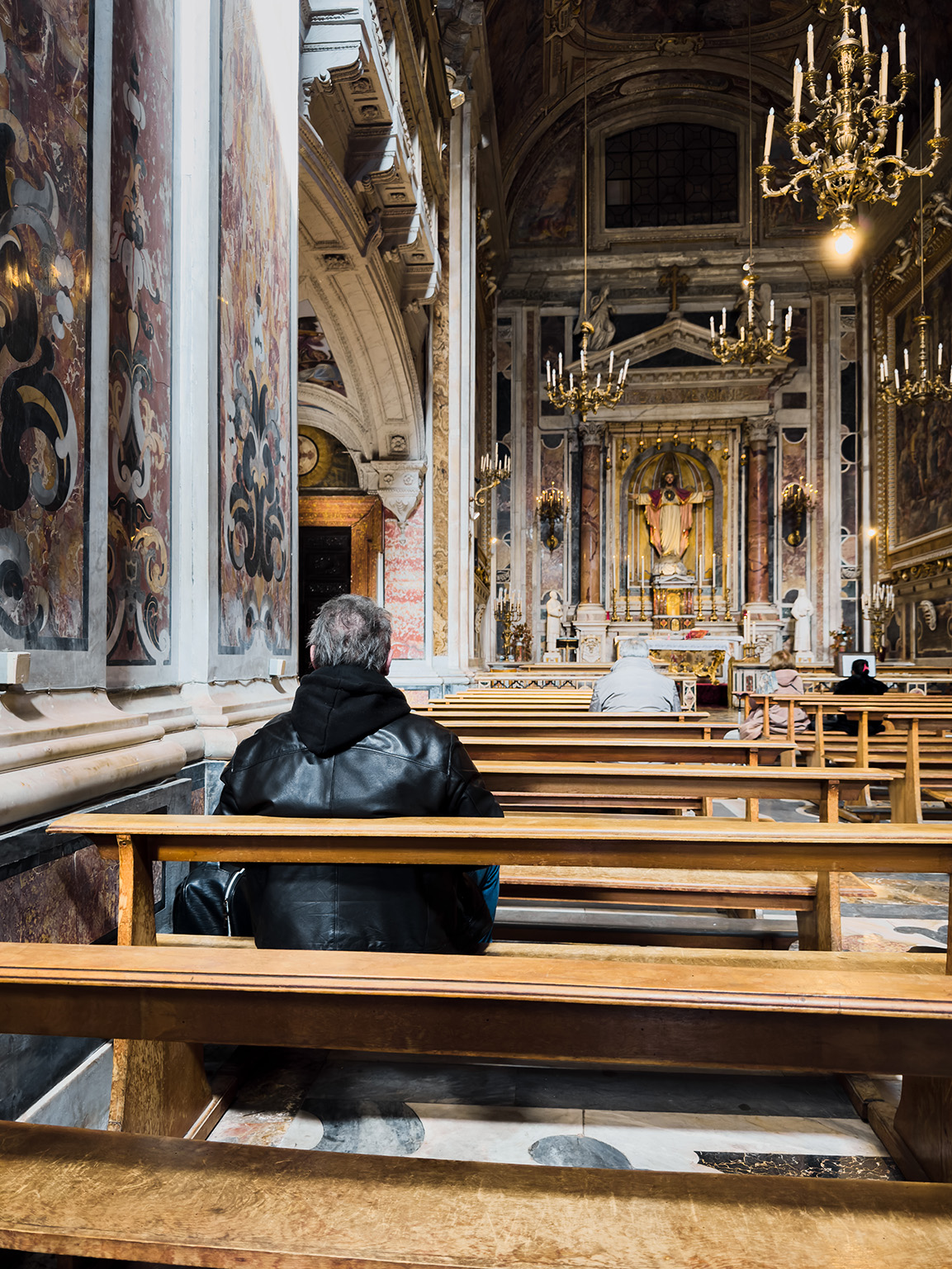
The Challenge of Heating Large, Cold Spaces
Churches, theatres, museums and stately homes all share a common problem. They are typically large spaces, often only occasionally occupied and with sparse furnishings. They are also typically poorly insulated and hard to heat. Traditional convection-based systems that heat the air are costly to run in such large spaces. And whilst there is pressure to move away from gas and oil and replacing these systems with heat pumps— which still heat the air—this does not eliminate the implication on high running costs for buildings that are used infrequently.
These buildings face additional conservation pressure being listed buildings and subject to minimal intrusive disruption requirements to their structure, as well as possessing amounts of wood, leather, tapestries and other antique furnishings that are typically intolerant of the damp that is sometimes inherent in the buildings and also encouraged by heating systems that warm the air and leave surfaces cold. It poses a dilemma for church wardens, theatre managers and historic property owners of how to heat their buildings effectively, without huge expense and without damaging the very heritage they’re trying to preserve.
Infrared Heating offers an alternative solution to these problems. Instead of warming the whole volume of air over long periods of time, radiant systems operate more like the sun: heating surfaces and occupants directly in their zone of warmth and their heat (which warms surfaces, not air) discourages the possibility of condensation. This approach is ideally suited to large historic spaces that are only occasionally occupied and which contain precious wood, fabrics and other artefacts.
Guidance published by Historic England, September 2025, discusses the principles of radiant heating versus convective for heating historic buildings. Click the link below to view the report and read the favourable findings on energy efficiency, comfort and impact on sensitive buildings/artefacts from using infrared radiant heating (heating from page 33 onwards).
How Radiant Heat Works (and Why It Is Effective)
Infrared heaters emit radiant energy which warms up objects and people directly in their path, without primarily warming the air. If you’ve felt the sun on your face on a winters morning, you have experienced this radiant heat, regardless that the air around you is cold. Infrared Heaters in a large indoor space emit the same sensation of heat which is absorbed by stone, wooden pews, fabrics and people in the space. Those objects then warm up and also re-radiate the heat back out. This allows a fast warm up effect and means you do not have to pre-heat the building for the period of hours or even days required by traditional heating systems. In an independent study of Herschel’s Halo Heaters performed for the Church of England the findings of one church was “as simple as turning on the lights” 20 minutes before use, instead of running the boiler hours (or days) in advance.
Because Infrared directly warms the areas people occupy, it is exceptionally effective for buildings that are only used intermittently.
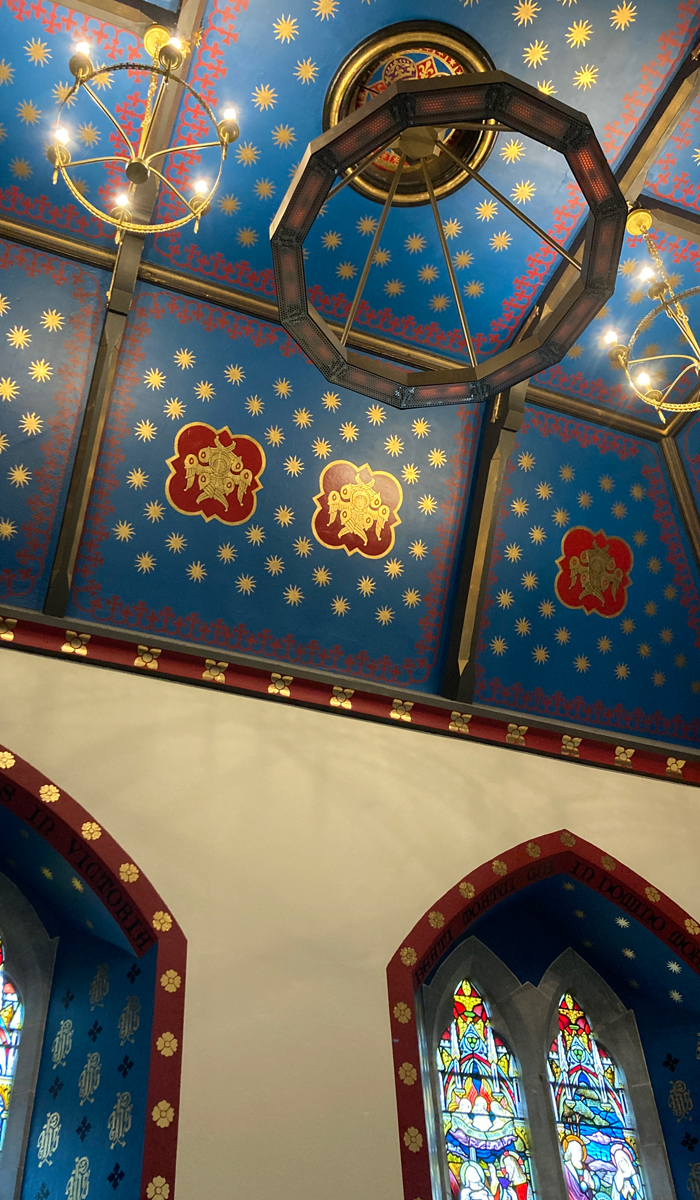
Key Benefits of Infrared Heating in Big Spaces
For larger historic and public spaces, Infrared heating offers several compelling benefits over traditional systems:
- Targeted zone heating = less wasted energy. Radiant heaters warm people and objects in the specific heated zones without wasting energy heating the entire building and volume of air. Heat is delivered only where it is needed.
- Zone heating can be operated with minimal warm-up times. Heating does not need to remain on for the periods between services.
- Stable temperature and humidity for preservation. Far infrared is a gentle form of heat and by primarily warming surfaces, reverses the conditions necessary for condensation to occur. Church wardens at St. Michael’s Church in Aynho, UK noticed that after installing infrared heaters, formerly chilly, damp pew cushions felt warm and dry, and overall “the building feels better” with reduced mustiness. Similarly, at Broadford Church in Scotland, the congregation reported the building “doesn’t have the same level of condensation and just feels a lot more comfortable” since switching to infrared heating.
- Lower carbon emissions and energy bills. By delivering heat more efficiently and only when needed, infrared systems use significantly less energy – which translates to lower carbon emissions, especially if powered by renewable electricity. Initial trials of Herschel Infrared’s Halo heaters in a UK church over winter 2022/23 showed an astonishing 80% reduction in energy used and a 63% reduction in heating cost compared to the church’s gas heating system. This meant a cost of around £17-20 in electricity as compared to £100+ per service using the previous gas system.

Why Heat Pumps Fall Short in These Spaces
Heat pumps have rightly earned a reputation for efficient heating in homes and modern buildings, but this reputation is not deserved in the context of large, cold spaces in listed buildings. Heat pumps, like other convection-based heating systems still heat the air and rely on only slowly raising ambient temperatures over long periods of time. This implies long running periods in buildings like churches which are also insufficiently occupied to justify the longer term heating. An analogy would be leaving your car in idle all week just to ensure it’s warm for the Sunday drive. St. Matthew’s church in Bristol, which opted for Herschel’s Halo system considered both air and ground-source heat pumps before choosing Herschel, but felt the air-source heat pump would have struggled in very cold weather without some sort of additional top-up and the ground-source heat pump implied prohibitively high upfront costs.
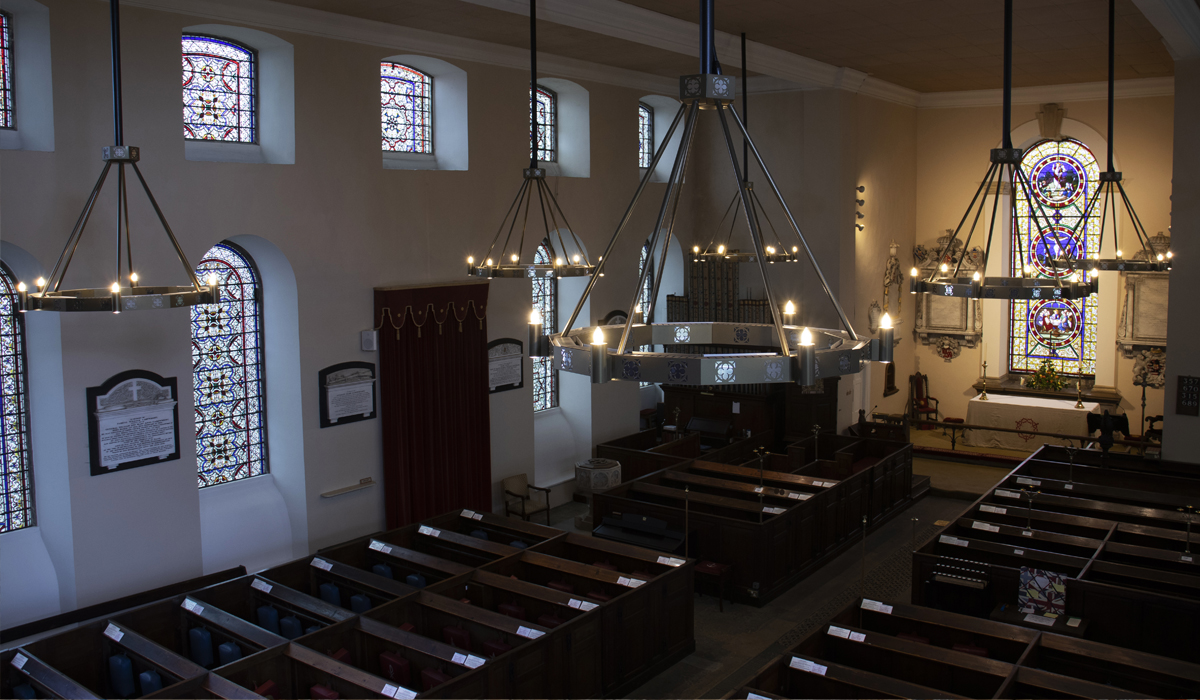
Infrared Heating: a Fresh and Innovative Approach
Infrared heating is a simple and innovative approach to heating and is actually the way people heated themselves for centuries before central heating systems (i.e. by radiant rather than convective heat). Infrared heaters like Halo exactly fit the décor of heritage buildings and are silent in operation. In St. Michael’s church which installed 6 Halos, Church Warden Andrew Bellamy said “they look as is they’ve been here forever”. People often don’t even realise they are heaters until they feel the heat. By combining lights in the chandelier, the Halo also serves a dual function and helps reduce further intrusive installation in the building. As well as providing effective heat humans were designed for, Infrared heaters now mean you can heat a historic building without spoiling its ambience or requiring invasive installation or noisy systems.

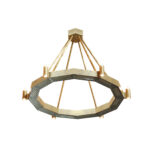 Halo Infrared Heater
Halo Infrared Heater

